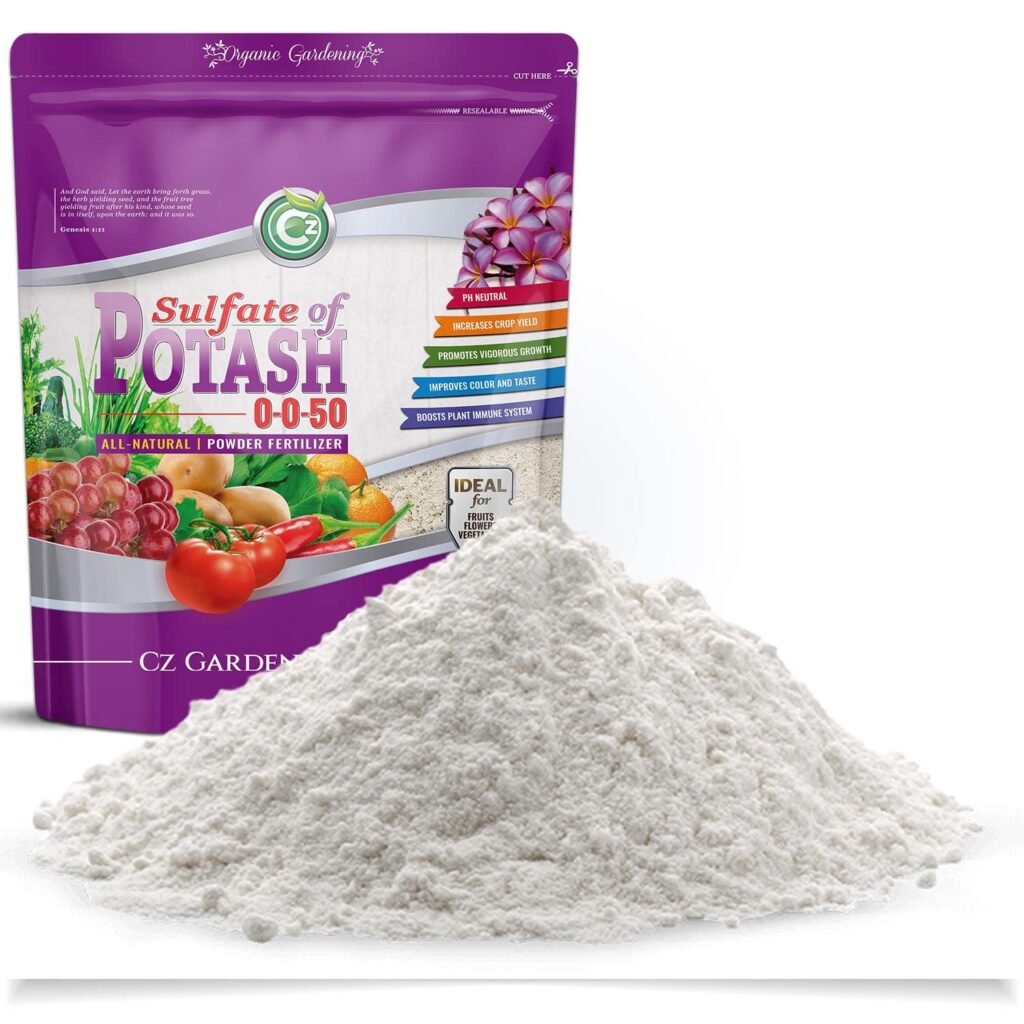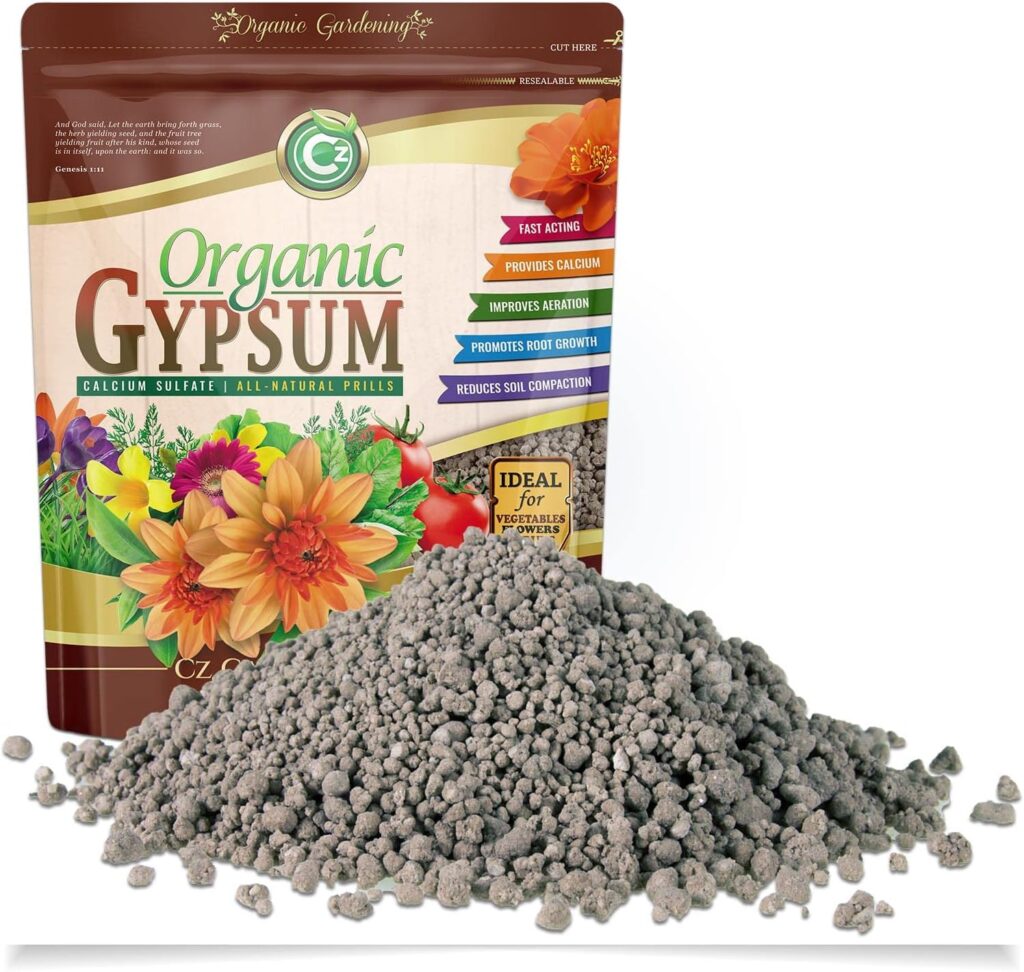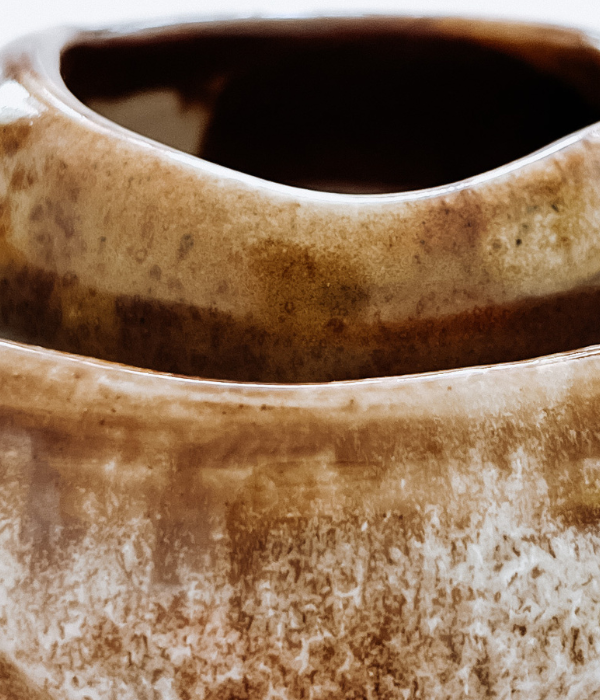



Background to Explain My Obsession
The South, with its rich history, warm hospitality, and vibrant culture, has long been a melting pot of diverse communities. As one of the first and only Asian immigrant in my hometown of Gainesville, Georgia, I have had the privilege of experiencing firsthand the unique blend of traditions and values that make this region so special. In this post, I want to share my personal journey on what it’s like to live as an Asian immigrant in the beautiful Southern states and my slight obsession for the Southern Magnolia tree. Living on the West side of the United States, the nostalgia of a Southern Magnolia tree in my backyard is real. Here is a list of just a few things I miss most about the South:
- The Warm Welcomes, Hugs, and “Y’all’s”:
One thing that I value most, more so now than I did when I lived in the South was the genuine warmth and friendliness. From neighbors waving hello to strangers offering a helping hand, Southerners have a knack for making you feel right at home. Despite being from a different cultural background, I was embraced by those around me. Many of my schoolmates showed genuine interest and curiousity for my culture. - The Food:
Food is undoubtedly one of life’s greatest pleasures! Growing up in the South in the 80’s and 90’s, there was not a whole lot of diversity in my small hometown at the time. Our idea of a fancy dinner was a reservation at the Red Lobster. The culinary scene in the South has definitely improved but I still look forward to the delicious butter-drenched biscuits and fried chicken when I get the chance to visit. - Community Support:
The sense of community runs deep in the South; people genuinely care about their neighbors’ well-being regardless of their background or origin. My family through the help of our community was able to open a small business in our little hometown. - The Plants:
Finally, the beautiful and unique landscape of the South. Only after I moved to the West coast after college, I truly appreciated the hills and winding roads through our neighborhood. Roads are mostly built in grids on the West side of the country.
Okay so enough down memory lane, let’s get into
Why The Southern Magnolia is so Magnificent:
With its glossy evergreen leaves, fragrant blossoms, and timeless beauty, this iconic tree holds a special place in my heart and the hearts of Southerners.
- Timeless Elegance:
The Southern Magnolia (Magnolia grandiflora) is a true embodiment of elegance. Its large, leathery leaves with their glossy green topside and velvety brown underside create a striking contrast that adds depth to any landscape. These leaves remain on the tree year-round, providing an ever-present reminder of nature’s enduring beauty. - Iconic Blooms:
One cannot discuss Southern Magnolias without mentioning their breathtaking blooms. These magnificent flowers are truly a sight to behold – large and creamy white with waxy petals that emit a delightful fragrance reminiscent of citrus or jasmine. Their sheer size and purity make them an iconic symbol of grace and charm in southern gardens.
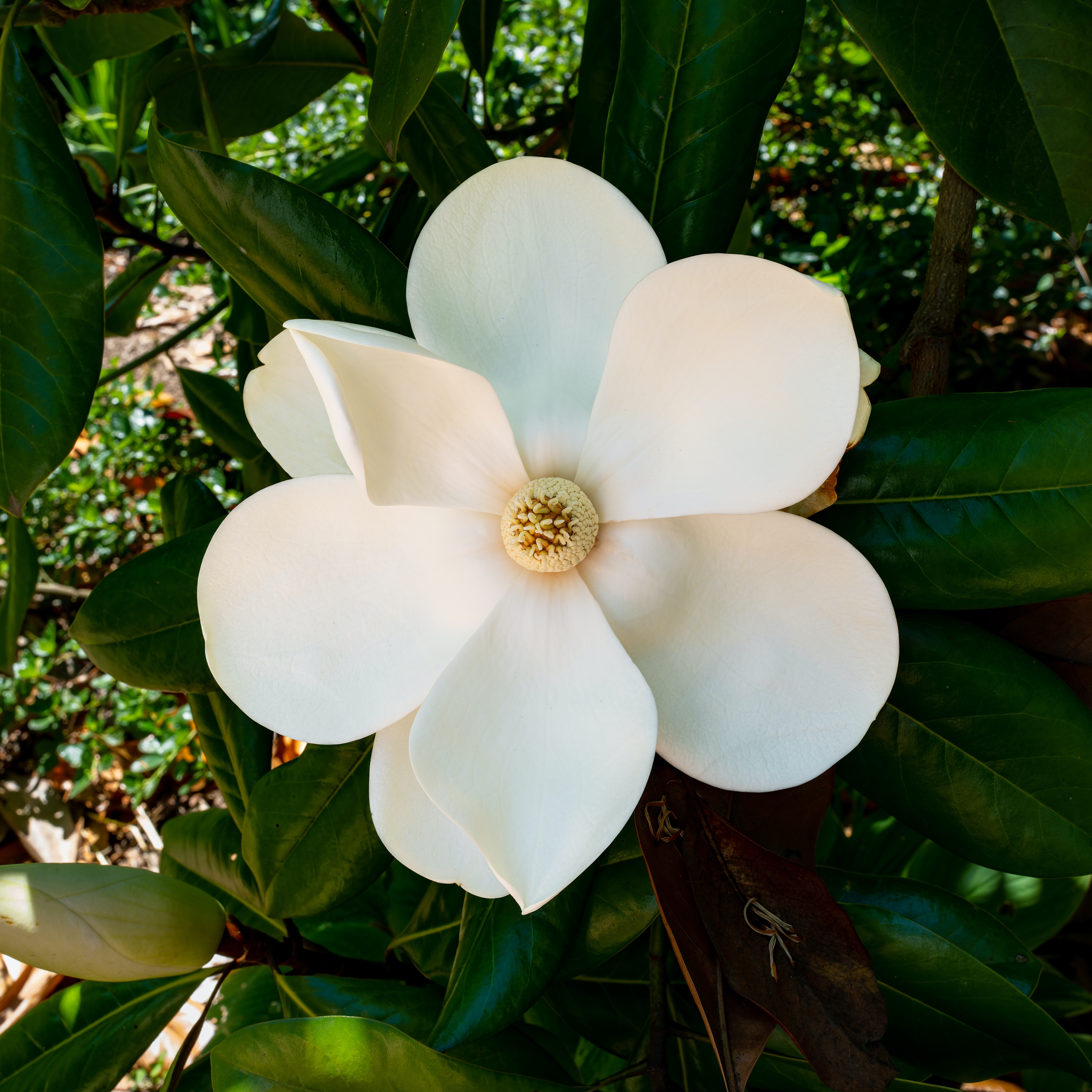
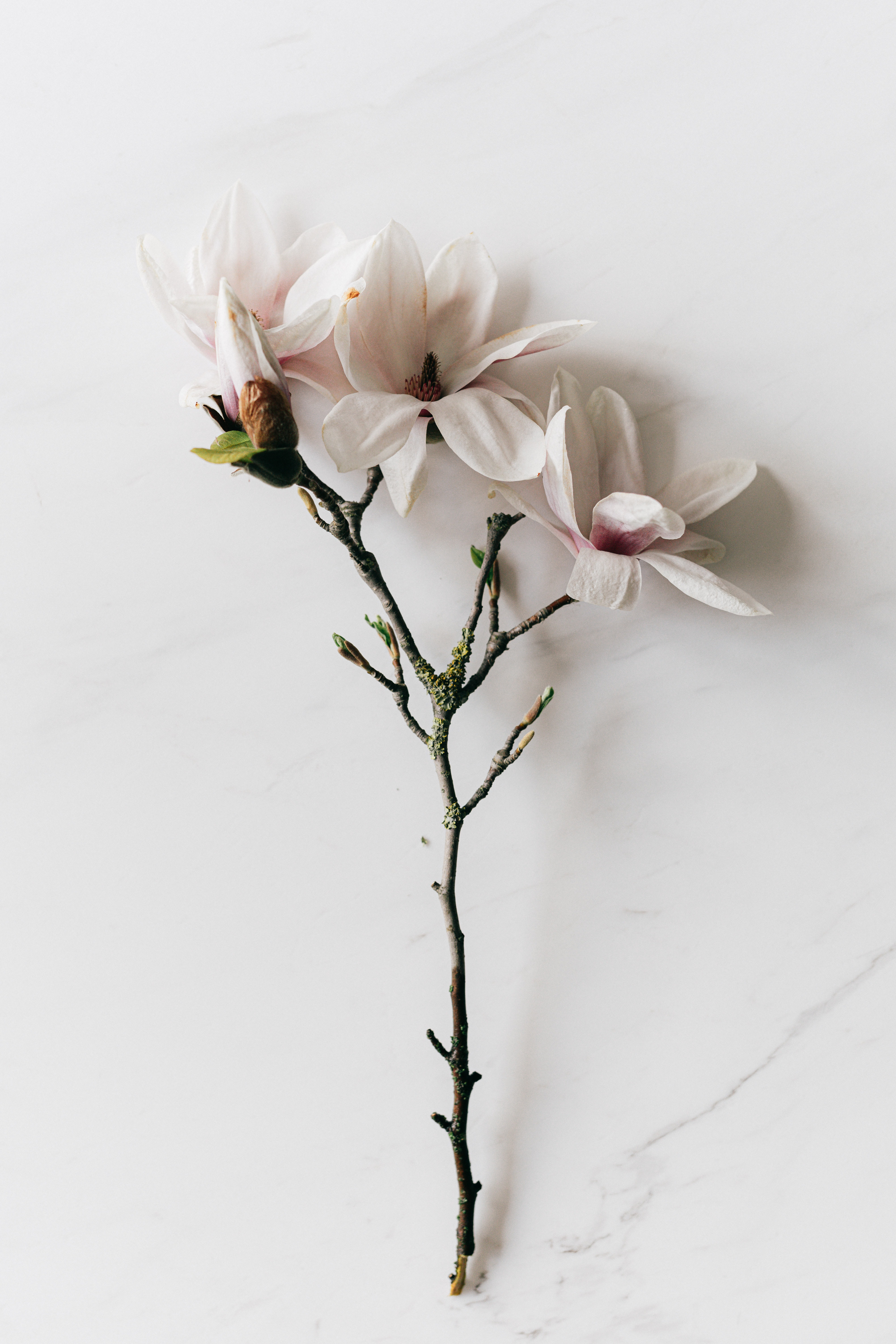

- Cultural Significance:
Southern Magnolias have deep-rooted cultural significance in the South’s history and traditions. They have been featured prominently in literature, art, music, and even folklore for centuries – often representing strength, resilience, hospitality or love in various contexts.
- Shade & Shelter:
Beyond their aesthetic appeal, these majestic trees provide practical benefits as well. The dense foliage creates ample shade during hot summer months when seeking refuge from scorching temperatures becomes essential for both humans and wildlife alike. - Wildlife Haven:
Southern Magnolias also play an important role in supporting local ecosystems by providing habitat for numerous species of birds such as cardinals or mockingbirds who build nests among its branches. The tree’s large, showy flowers attract pollinators like bees and butterflies, contributing to the overall biodiversity of the area. - Historical Landmarks:
Many Southern Magnolias have stood witness to significant historical events throughout the South. These trees have adorned grand estates, plantation grounds, and public parks for generations – their presence serving as a living testament to the region’s rich heritage.
How to Plant and Care for the Southern Magnolia Tree: Step by Step Guide
To ensure its successful growth and longevity, follow these instructions on how to plant and care for your Southern Magnolia:
- Choose the Right Location:
Select a location that provides ample space for the tree to grow, as Southern Magnolias can reach heights of up to 80 feet (24 meters) with a spread of 40 feet (12 meters). I may write a post explaining the different varieties for smaller yards as well but in the meantime, ensure the area that you choose receives full sun or partial shade throughout the day. - Prepare the Soil:
Southern Magnolias prefer well-draining soil that is slightly acidic. Before planting, loosen the soil in a wide area around where you plan to place your tree. If your soil is heavy clay or compacted, consider adding organic matter like compost or peat moss to improve drainage. A few of my favorite soil conditioners and organic matter to add to the soil:
- Digging the Hole:
Dig a hole that is two times wider than the root ball but only as deep as it was in its container or nursery pot. This will allow room for root expansion while ensuring proper planting depth. - Planting Process:
Gently remove your Southern Magnolia from its container, being careful not to damage any roots in the process. Place it into the prepared hole, making sure it sits at ground level or slightly above – avoid planting too deeply as this can lead to rotting of trunk tissue. - Backfilling and Watering:
Backfill around the root ball with soil, gently firming it down but avoiding excessive compaction which could hinder water penetration. After planting, thoroughly water your newly planted tree until moisture reaches deep into its roots. - Mulching:
Apply a layer of organic mulch such as wood chips or bark around but not touching the base of your magnolia tree – this will help retain moisture, regulate soil temperature, and suppress weed growth. Keep the mulch layer around 2-3 inches (5-8 cm) thick. - Watering and Irrigation:
Southern Magnolias have moderate water needs. Water deeply but infrequently to encourage deep root growth – aim for about an inch of water per week during dry periods. Avoid overwatering, as this can lead to root rot. - Pruning:
Pruning is generally not necessary for Southern Magnolias unless you need to remove dead or damaged branches or shape the tree’s form. If pruning is required, do so in late winter or early spring before new growth begins. - Fertilization:
Fertilize your Southern Magnolia annually in early spring with a slow-release balanced fertilizer formulated for trees and shrubs according to package instructions. Avoid excessive fertilization as it can lead to excessive leaf growth at the expense of flower production. - Pest and Disease Control:
Southern Magnolias are generally resistant to pests and diseases; however, occasional issues like scale insects or fungal leaf spots may occur. Monitor your tree regularly and address any problems promptly using appropriate horticultural oils or treatments if necessary.
By following these planting and care instructions, you can ensure that your Southern Magnolia thrives in its new home, providing you with years of beauty and enjoyment while enhancing the natural splendor of your landscape.
And with that, hopefully, now you can understand slightly more about why I love my Southern upbringing and the majestic Southern Magnolia. You just cannot take the South out of this girl. I hope you were able to pick up some helpful planting tips if you are considering Southern Magnolia for your yard, you will not regret it! Happy Gardening!


